My wife and I recently came back from a remote island. We marveled at a clear night sky so far away from light pollution. It reminded me that for millennia humans have been awestruck by planets, stars, meteors and more. Sometimes it’s hard to imagine humans could only “touch” space since 1961.
Today, lunar, planetary and space exploration always captures the imagination.
Recently, NASA also published audio files of a dust devil from Mars. It sounds just like talking on your smart phone at the beach. Big deal, right? WRONG! That audio was captured by the battery and solar-powered Mars Perseverance rover; months after landing on another planet! How cool is that!
Space exploration really is global. The Chinese National Space Agency (CNSA) recently headed a four-day conference to promote global partnership in space exploration. The European Space Agency (ESA) is training the first “para-astronaut”. Space agencies in India, Japan, Greece, Australia and other countries are making discoveries that push the bounds of human imagination.
Student-lead “Rocket Scientist” Programs
These and other space programs are lead by modern day “rocket scientists.” You know the people that forget more than you or I ever will know. The professionals at NASA, JPL, ESA, CNSA, JAXA and more turn science fiction into reality. They are the real Han Solos. Our lives are all better for it.
But what about the next generation of “rocket scientists?” How do they turn fiction into reality?
In a previous blog, Samtec’s John Riley interviewed members of a student-lead rover development team from Monash University in Clayton, Victoria, Australia. This diverse set of undergraduate students are designing, fabricating, and testing the next generation of Mars rovers, including the Monash Nova Rover.
The latest Nova Rover utilizes the NVIDIA Jetson TX2 Module at the main compute engine. The Jetson TX2 contains a high-density connector on the back of the SOM for mating to development kits or application-specific carrier cards. The module uses an 8×50 SEARAY Terminal (SEAF series) that mates with an 8×50 SEARAY Socket (SEAM series) found on a dev kit or a carrier card.
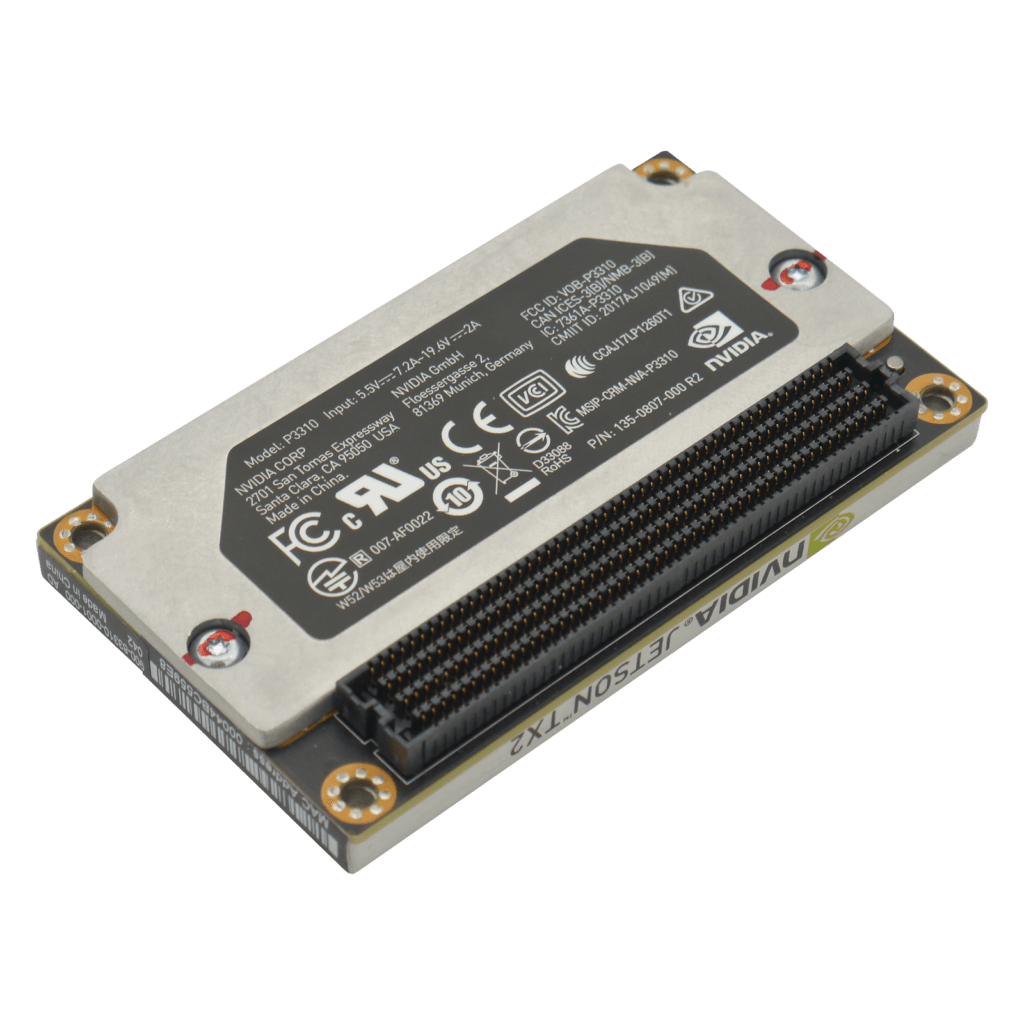
“Rocket Scientists” at Work
In addition to designing, building and testing various rovers, the Monash Nova Rover team competes in various university-level rover competitions in Australia and around the world.
For instance, the Australian Rover Challenge (ARC) is an annual robotics competition held by the University of Adelaide. Students are invited from across Australia to compete in a full-scale simulated lunar mission. The initial event was launched in 2020, and the Monash team won the first event in 2021.
More recently, the Monash Nova Rover team traveled to the United States to compete in the international University Rover Challenge. The event challenged student-lead design teams to create the next generation of Mars rovers. The Monash Nova Rover team placed 2nd out of 36 teams during the 2022 event. Congratulations for such an accomplishment!
Australian Rocket Scientists – What next?
When I was an undergrad electrical engineering student, I helped design a research project studying atmospheric weather launched from a sounding rocket. It was one of many research projects that continue to this day at my alma mater.
In the same manner, the work of the Monash Nova Rover team doesn’t stop. As the 2022/23 design cycle starts, the students are focused on upgrading to brushless (BLDC) motors. They will build an updated motor drive PCB, which requires relatively high-levels of current. The students are working with Samtec technical experts to identify which connector can deliver the required power.
Samtec ‘s PowerStrip™ combination systems route signal and power in a single connector. Current motor control PCBs use the PowerStrip™/30 A Signal/Power Combo sockets (MPSC series) and terminals (MPTC series). Future version supporting the BLDCs will use PowerStrip™/40 A Signal/Power Combo sockets (PESC series) and terminals (PETC series).
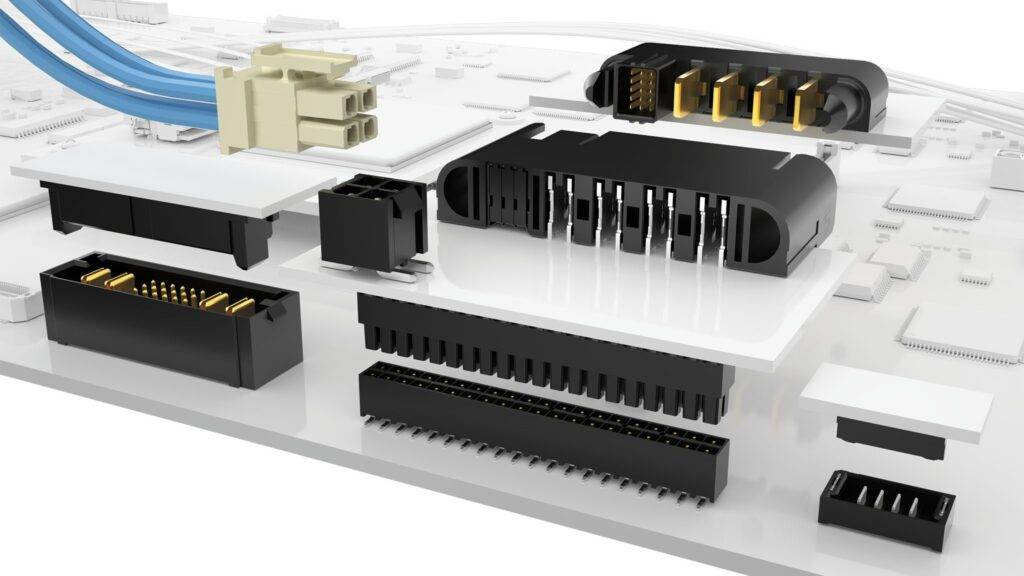
Stay tuned to the Samtec blog as we provide occasional updates on the Monash Nova Rover rocket scientists.
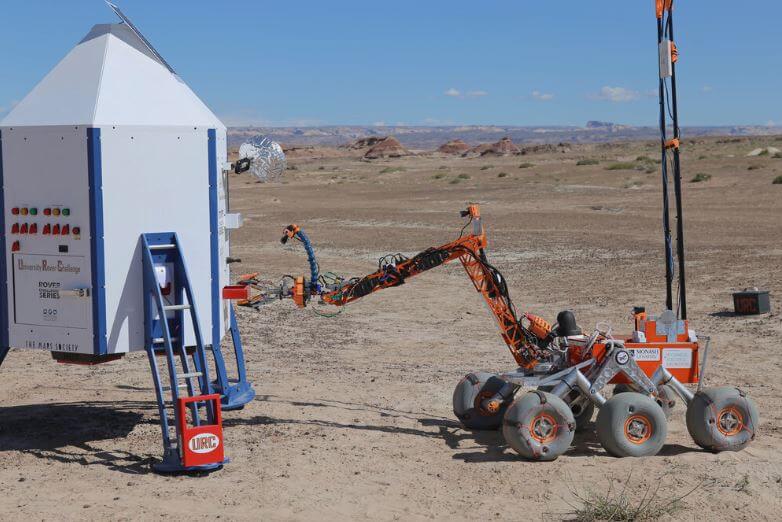
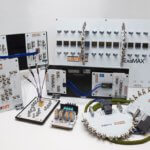
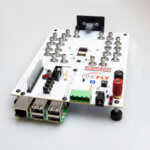
Leave a Reply